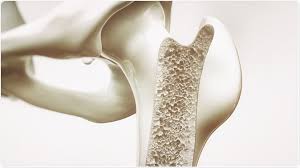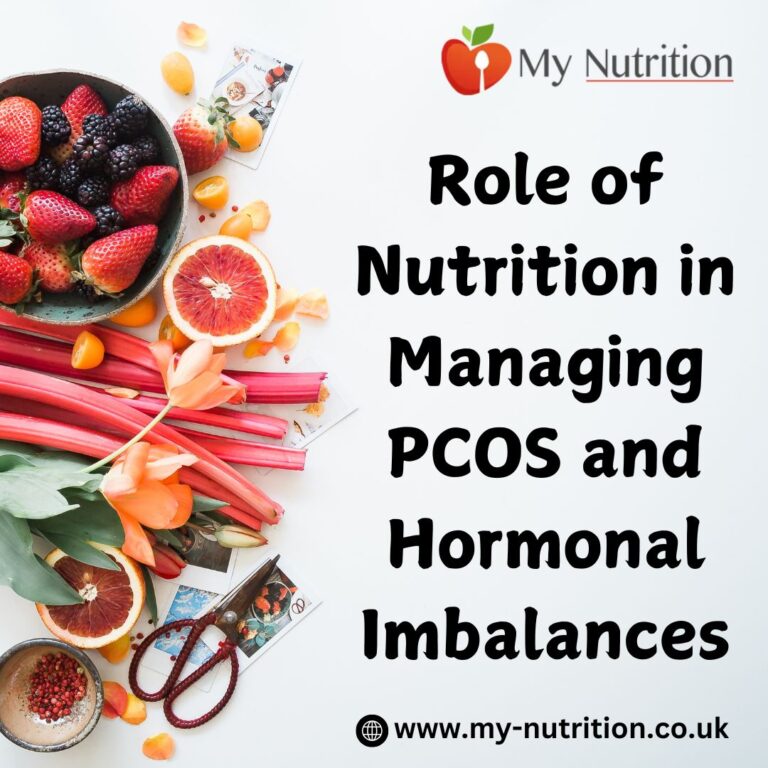The Link Between Osteoporosis and Vitamin D Deficiency
Osteoporosis, a condition characterized by weakened bones and an increased risk of fractures, affects millions worldwide, especially older adults. While its causes are multifactorial, one crucial factor is vitamin D deficiency. Vitamin D plays an integral role in maintaining bone health, and its insufficiency can pave the way for osteoporosis. Understanding this connection is essential for prevention and effective management.
The Role of Vitamin D in Bone Health
Vitamin D is often called the “sunshine vitamin” because our skin synthesizes it when exposed to sunlight. Beyond its many roles in the body, its primary function involves regulating calcium and phosphorus—two minerals essential for strong bones. Vitamin D facilitates the absorption of calcium in the intestines and ensures its deposition into the bones. Without adequate vitamin D, the body struggles to absorb calcium from the diet, leading to weakened bones and the potential onset of osteoporosis.
What Happens When Vitamin D Levels Are Low?
When vitamin D levels are insufficient, the balance of calcium and phosphorus in the body is disrupted. To compensate, the body begins to draw calcium from the bones to maintain normal blood calcium levels. Over time, this depletion weakens the structural integrity of bones, increasing the risk of fractures and osteoporosis.
Additionally, prolonged vitamin D deficiency can lead to secondary hyperparathyroidism, where the parathyroid glands release excess parathyroid hormone to boost calcium levels in the blood. This process further accelerates bone loss and exacerbates osteoporosis.
Why Are Some People More Prone to Vitamin D Deficiency?
Several factors contribute to vitamin D deficiency, including:
- Limited Sun Exposure: People who spend little time outdoors, wear excessive sunscreen, or live in regions with limited sunlight are at higher risk.
- Age: As people age, their skin becomes less efficient at synthesizing vitamin D, and their kidneys may have a reduced ability to convert vitamin D into its active form.
- Dietary Choices: Vitamin D is naturally present in few foods. Those following restrictive diets may lack sufficient vitamin D intake.
- Dark Skin Tone: Melanin reduces the skin’s ability to produce vitamin D, making individuals with darker skin more susceptible to deficiency.
- Medical Conditions: Disorders such as chronic kidney disease, Crohn’s disease, and celiac disease can impair vitamin D absorption or activation.
Osteoporosis: A Common Consequence of Vitamin D Deficiency
The relationship between vitamin D deficiency and osteoporosis is particularly evident in older adults and postmenopausal women. These groups already face accelerated bone loss due to aging or hormonal changes, and inadequate vitamin D amplifies their risk.
In individuals with osteoporosis, bone fractures often occur in the hip, spine, or wrist. These fractures can be debilitating, leading to pain, loss of mobility, and a reduced quality of life. Studies have shown that individuals with low vitamin D levels are more prone to such fractures, underscoring the importance of maintaining adequate levels.
Prevention and Management
Preventing vitamin D deficiency and its link to osteoporosis involves a multifaceted approach:
- Get Sunlight: Aim for moderate sun exposure, especially during the morning or late afternoon, to boost natural vitamin D synthesis. About 15-30 minutes a few times a week is often sufficient, depending on your skin tone and location.
- Eat Vitamin D-Rich Foods: Incorporate foods like fatty fish (salmon, mackerel, sardines), egg yolks, fortified dairy products, and cereals into your diet.
- Take Supplements: For individuals unable to meet their vitamin D needs through sunlight or diet, supplements provide a reliable alternative. The recommended daily intake varies by age, so consult a healthcare professional before starting.
- Regular Screening: Older adults, postmenopausal women, and individuals with risk factors for deficiency should discuss vitamin D level checks and bone density scans with their doctors.
- Exercise for Bone Health: Regular weight-bearing and strength-training exercises help maintain bone density and overall health.
The Bigger Picture
Vitamin D deficiency is preventable, and addressing it can significantly reduce the risk of osteoporosis. While osteoporosis may progress silently, its effects are profound, often leading to fractures and a decline in quality of life. Awareness of the link between vitamin D and bone health empowers individuals to take proactive steps to safeguard their bones.
Conclusion
Vitamin D is a cornerstone of bone health, and its deficiency can have far-reaching consequences, including the development of osteoporosis. Fortunately, with sunlight, a balanced diet, and medical guidance, vitamin D levels can be maintained, promoting stronger bones and reducing fracture risk. By prioritizing vitamin D intake, we can prevent osteoporosis and ensure a healthier, more active future.








